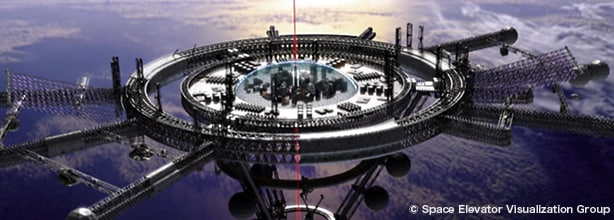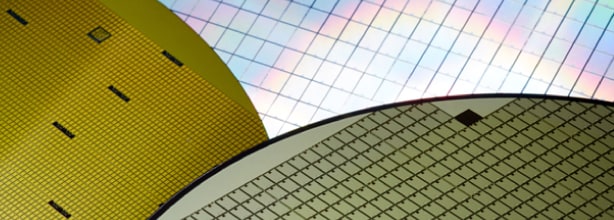
- Semiconductor Technology Now
Technology
The Past and Future of Japanese Rocket Development
From Pencil Rocket to Epsilon, and from N-I to H-X
- April 22, 2013
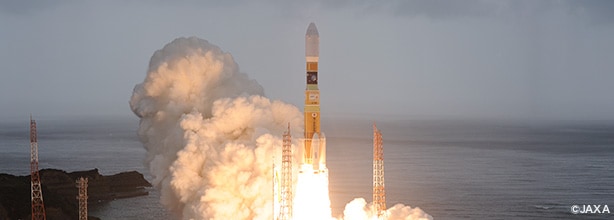
It was over half a century ago that a pencil-sized rocket was launched in a ground-breaking experiment by Professor Hideo Itokawa, the "father of Japanese rocket development." Since then, Japan has made enormous progress in the area of rocket technology, sending probes to Mars and Venus and successfully launching cargo transporters to the International Space Station (ISS). To find out what happened in the intervening period, let us look back on the history of rocket development in Japan and envision its future trajectory.
Japan enters space development with home-grown technologies
We tend to think of a rocket as something large and massive. However, the one that initiated space development in Japan was a tiny "pencil" rocket just 23 cm in length.
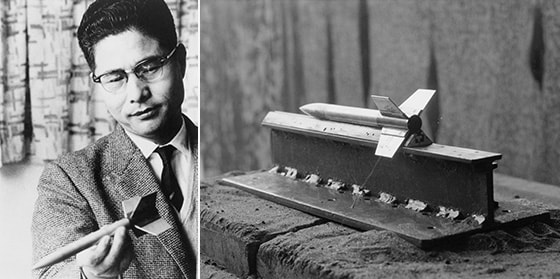 |
In Japanese, the term roketto (rocket) refers to the vehicle that carries satellites and other payloads, as well as to the engine that gives thrust to the vehicle. In this article, the term "rocket" is used in the same manner, referring both to a carrier rocket (also known as "launch vehicle") as a whole and to its engine component ("rocket engine").
What exactly is a rocket engine, though? Simply put, it is an engine designed to deliver thrust in reaction to the high-speed ejection of propellant. Rocket launching engines burn the fuel to produce high-temperature, high-pressure exhaust gases. Because burning of the fuel involves chemical reactions, these types of engines are also referred to as chemical rockets.
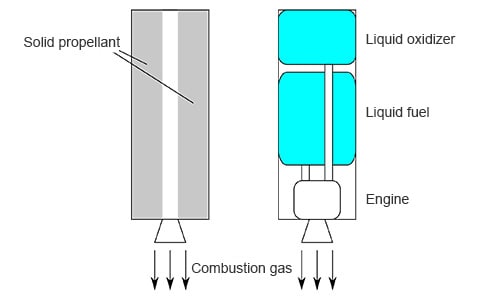 |
Fuel combustion requires oxygen. Gasoline-powered automobiles can use ambient oxygen and therefore only need to carry the fuel (gasoline), whereas rockets must carry oxidizer along with the fuel to fly without atmospheric oxygen. A pencil rocket meets this criterion, so it is a genuine rocket despite its minuscule size.
It was 1955 when Professor Hideo Itokawa at the University of Tokyo launched a number of pencil rockets in experiments. The launches were horizontal rather than vertical, because there was no radar technology in Japan at the time capable of tracking a vertically launched rocket. Instead, Itokawa's team set up a number of thin paper screens along the rockets' projected path, and made photo records of when and where the rockets penetrated each screen to calculate their trajectories.
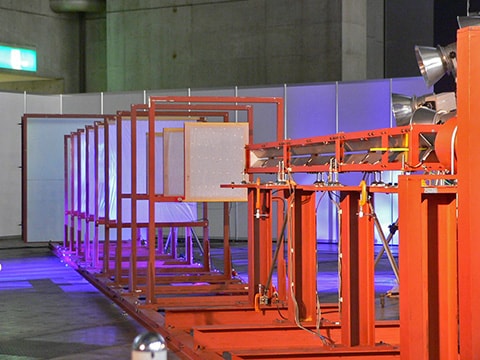 |
A detailed account of the development of the pencil rocket is found on the website of Japan Aerospace Exploration Agency (JAXA). To find out more, follow this link: http://www.jaxa.jp/article/interview/sp1/index_e.html












